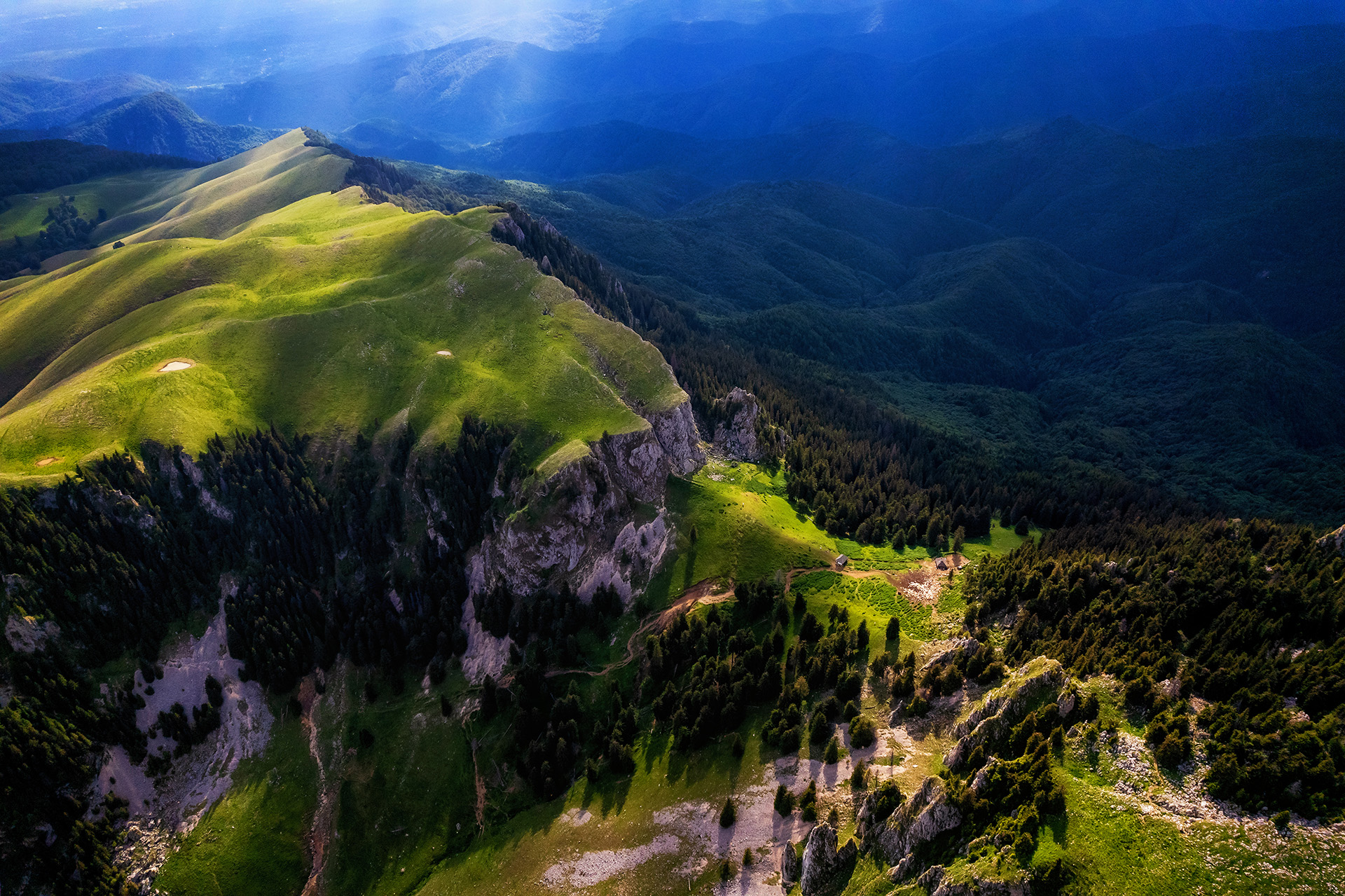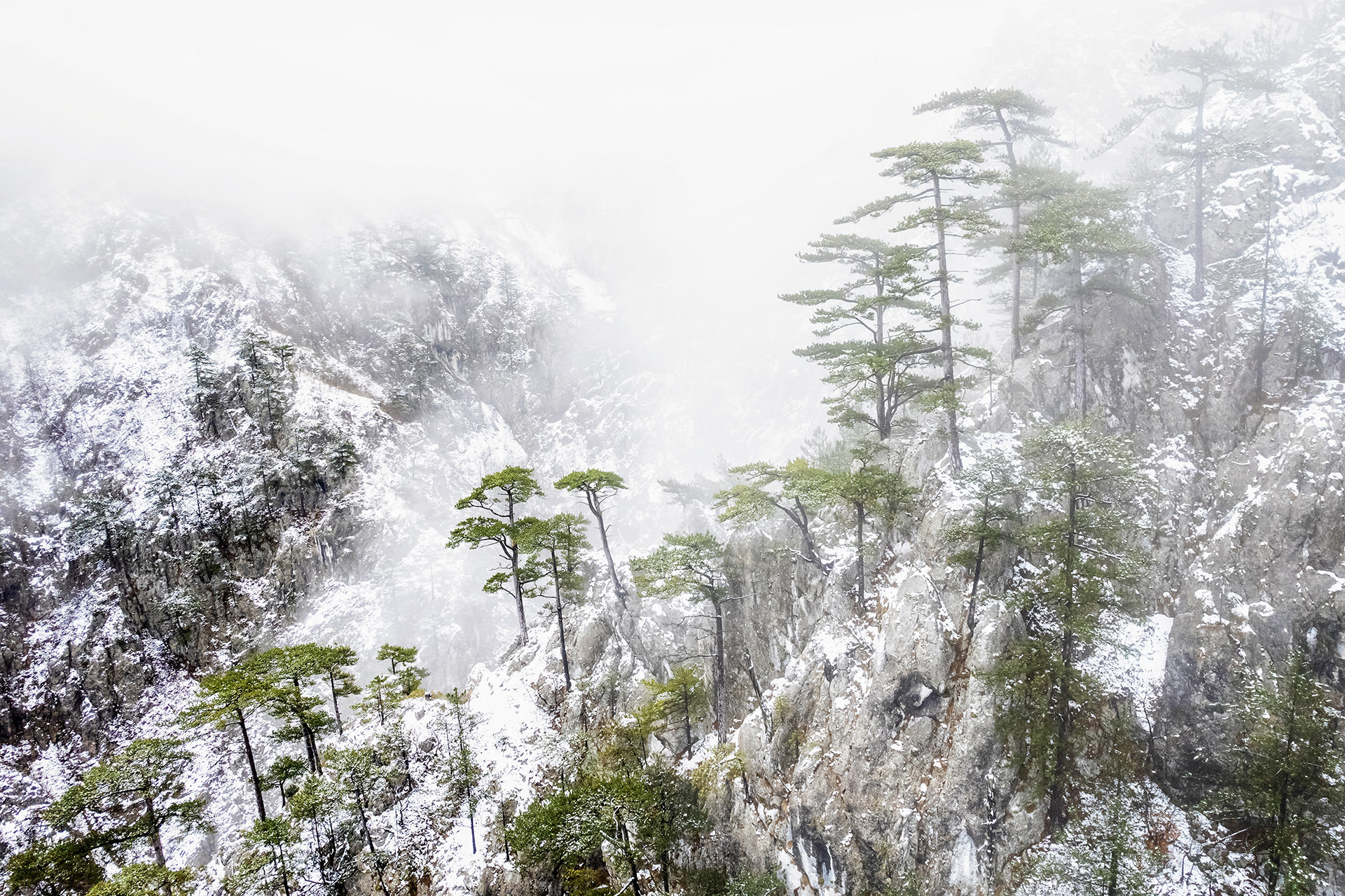Geography of Romania


Romania is located in the central-south-western part of Europe, halfway between the North Pole and the Equator, at the limit of the Balkan Peninsula. Romania is bordered by the Bulgaria to the south, Serbia to the southwest, Hungary to the west, Ukraine to the north and east, Moldova to the east and the Black Sea to the southeast. I has a total surface of almost 240.000 sq. kilometers!

Romania features about two thirds of the entire Carpathian Mountain Range, which are divided into the Southern Carpathians (Meridionali), Eastern Carpathians (Orientali) and Western Carpathians (Occidentali), with the Transylvanian Plateau between them. Their highest point is in the Moldoveanu Peak at 2.544 meters! Outside the Carpathians, there are a series of hills and plains towards the east, south and west!



Romania features the longest part of the Danube, forming its southern border, between the village of Baziaș and the Danube Delta, where it flows into the Black Sea, for a total length of 1.075 kilometers. The Danube Delta is one of the most important and fascinating biosphere reserves in the world, one of the last bird sanctuaries of Europe. There are also 13 national and 16 natural parks in Romania!

Romania has a temperate climate, transitioning from the oceanic to the continental climate, with some sub-Mediterranean influences in the southwest. If has four well-defined seasons, with temperatures that vary from -7º C in the cold season to 25º C in the warm season. The mean precipitations vary with latitude and longitude, from about 400-500 mm in the southern plains to about 1.000 mm in the mountains!



Besides the Danube, Romania has a dense and complex hydrographic network, most of its rivers beginning in the Carpathians mountains. The most important rivers include the Olt, Mureș, Someș, Siret, Prut, Criș, Argeș, Ialomița, Jiu, Timiș or Cerna. There are also a lot of lakes in the county, either natural or artificial, with the most important including the lakes and lagoons of the Danube Delta and Black Sea, the glacial lakes of the Retezat, Parâng or Făgăraș mountains, the man-made lakes of Porțile de Fier, Vidraru, Vidra, Iovanu, Izvorul Muntelui, Gura Apelor, Siriu, Colibița and many others!

Romania also features an incredible biodiversity, mainly determined by the geographical characteristics. Forests cover about a quarter of the territory, much more in the mountain area, with oak, beech, spruce, fir, pine and other species. The main divisions of vegetation and fauna include the alpine and subalpine area, the mountainous area, the hills and plateaus area, the plains and floodplains area and the aquatic area. There is an astonishing diversity of wildlife species, with 110 mammal and 382 bird species. Romania has over a third of the brown bears in Europe (approx.. 7.000), over 1.200 lynxes (over 9.000 in Europe) and over 160 free-roaming bison (and increasing)!
